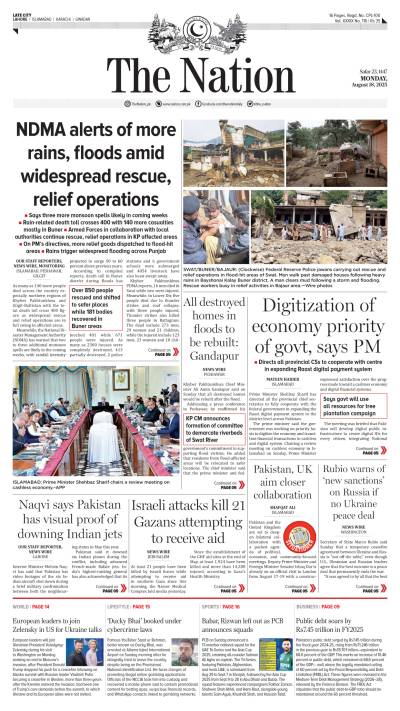During the 14th August celebrations, Prime Minister Shahbaz Sharif announced the formation of an Army Rocket Force Command to enhance Pakistan’s defence capabilities. From both strategic and tactical perspectives, this is a highly relevant move that could significantly shape the country’s military strength in the years ahead. In modern militaries, rockets—often classified as long-range artillery—encompass a wide range of systems, including traditional ballistic missiles, hypersonic missiles, ground-launched cruise missiles, supersonic cruise missiles, and even short-range intermediate-range ballistic missiles (IRBMs).
Traditionally, such weapons are distributed across the Army, Air Force, and Navy, depending on the intended operational role. However, a growing global trend is the creation of specialised branches dedicated solely to coordinating and executing ballistic missile and long-range rocket artillery operations nationwide. As seen in the recent Iran–Israel conflict, this singular capability, if deployed in a coordinated and sustained manner, can overwhelm even militarily superior adversaries.
Iran’s strategic use of its ballistic missile arsenal to pressure Israel and force a ceasefire illustrates the potency of such a force. Pakistan is not alone in pursuing this model—China has long maintained a dedicated Rocket Force, placing its extensive inventory of long-range rockets and area-denial weapons under a unified command tasked with defending its borders from foreign threats.
By establishing a dedicated rocket force with its own funding, training, and operational doctrine, Pakistan will gain considerable tactical flexibility in future conflicts. This is the kind of forward-thinking defence strategy that can ensure the country remains prepared for evolving threats and stays ahead of adversaries’ designs.







